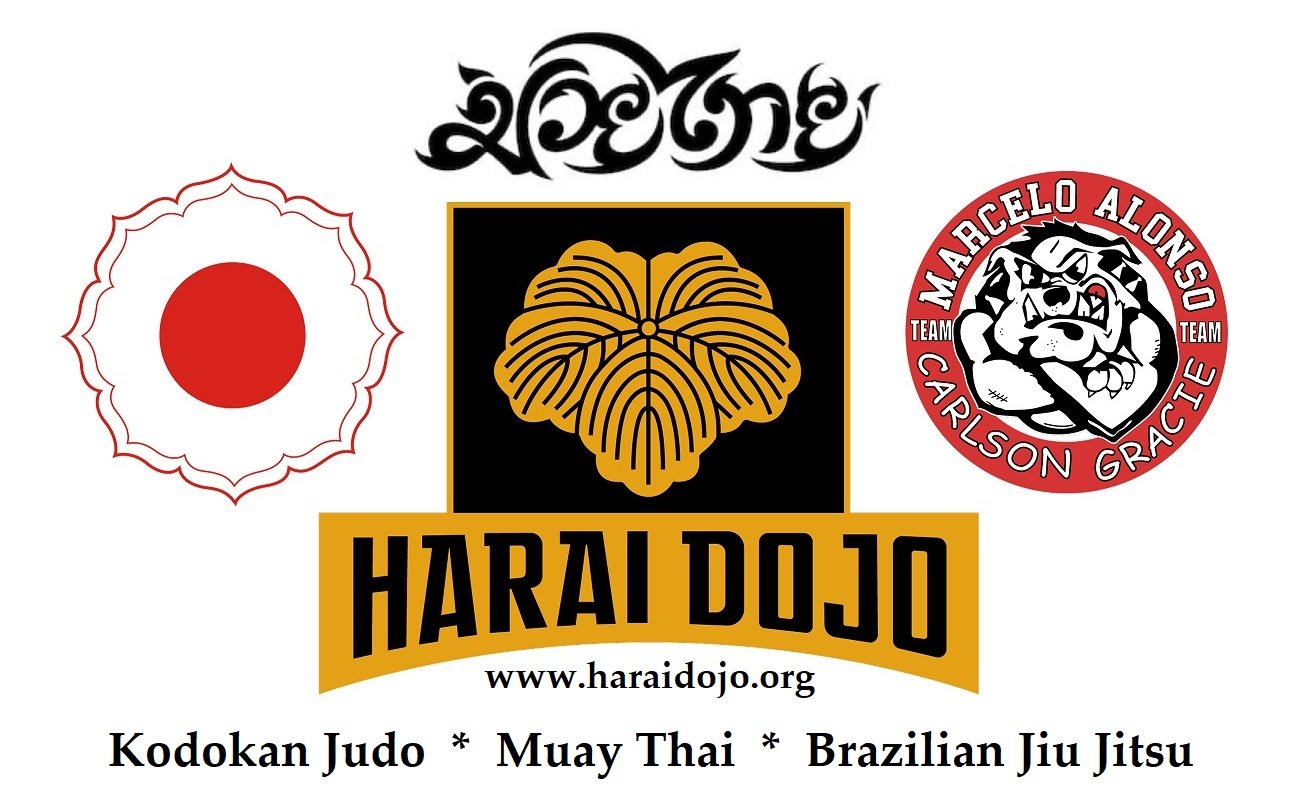Our History
The History of Harai Dojo & our Lineage. Kodokan Judo was created by Dr. Jigoro Kano in 1882. Judo is derived from Japanese Jujutsu. It was created by Professor Jigoro Kano who was born in Japan on October 28, 1860 and who died May 4, 1938 after a lifetime of promoting Judo. Mastering several styles of jujutsu including Kito-Ryu and Tenjin-shinyo Ryu in his youth he began to develop his own system based on modern sports principles. In 1882 he founded the Kodokan Judo Institute in Tokyo where he began teaching and which still is the international authority for Judo.
The name Judo was chosen because it means the gentle or yielding way. Kano emphasized the larger educational value of training in attack and defense so that it could be a path or way of life that all people could participate in and benefit from. He eliminated some of the traditional jujutsu techniques and changed training methods so that most of the moves could be done with full force to create a decisive victory without injury. The popularity of Judo increased dramatically after a famous contest hosted by the Tokyo police in 1886 where the Judo team defeated the most well-known jujutsu school of the time. It then became a part of the Japanese physical education system and began its spread around the world.
Other aspects of Kodokan Judo were introduced over time such as the Kangeiko (winter training) in 1894, the Shochugeiko (summer training) in 1896, and the spring and autumn Red & White Contests which began in 1884. Today the Red and White tournament is the longest running competitive sporting event in the world. The Kodokan Judo Kata, the basic syllabus of techniques (Gokyo-no-waza), the Kodokan Cultural Society, and research components were also added. In 1914 Jigoro Kano sent a team of Judo Black Belts to Brazil to spread Kodokan Judo or what was coined Kano Jiu Jitsu. One of the Judo Black Belts was Mitsuo Maeda who taught many Brazilians to include the Gracie family. In 1934 Brazilian Jiu Jitsu was formed using many aspects of Kodokan Judo.
In 1928, after attending the Olympic Games of Amsterdam, Jigoro Kano conceived the idea to get Judo in the Olympic Games. In 1936 in Berlin, during the 35th session of the International Olympic Committee, the XII Olympic Games were scheduled for 1940 in Tokyo, where Judo of course would be added, but the war against China in 1937 forced Japan to withdraw from the organization of these Games and Judo was included only as a demonstration. In 1964 men's Judo competition finally became a part of the Olympics, the first asian martial art as an official medal sport. In 1992 Judo competition for women was added to the Olympics.
Judo consists primarily of nage-waza (throws), along with katame-waza (grappling), which includes osaekomi-waza (pins), shime-waza (chokes), and kansetsu-waza (joint locks). Additional techniques, including atemi-waza (striking), various joint locks, self defense and weapons are found in the Judo katas. Judo is generally compared to wrestling, but it retains its unique combat forms. As a daughter to Jujutsu these techniques are also often taught in Judo classes. Because the founder was involved in education (President of Tokyo University) Judo training emphasizes mental, moral and character development as much as physical training. Most instructors stress the principles of Judo such as the principle of yielding to overcome greater strength or size, as well as the scientific principles of leverage, balance, efficiency, momentum and control. Seiryoku zenyo (maximum efficiency) and Jita kyoei (mutual welfare and benefit) are the best known of the principles of Judo. Judo is a good choice for most children to learn because it is safe and fun, and because it emphasizes education and proper development of the body, mind, and character.
Judo training has many forms for different interests. Some students train for competition by sparring and entering the many tournaments that are available. Other students study the traditional art and forms (kata) of Judo. Other students train for self-defense, and yet other students practice Judo for fun and recreation. Black belts are expected to learn all aspects of Judo.
Because Judo developed in modern times it is organized like other major sports with one international governing body for the sport, the International Judo Federation (IJF). The Kodokan continues to be the technical authority for the martial art of Judo. Unlike many other martial arts, Judo competition rules, training methods, and rank systems are relatively uniform throughout the world.
Harai Dojo’s Lineage in Brazilian Jiu Jitsu and Judo
Our Brazilian Jiu Jitsu Lineage comes from Mestre Marcelo Alonso’s BJJ Instructor
Grand Mestre Carlson Gracie Sr. 9th Degree Black Belt (Red Belt).
Our Kodokan Judo Lineage comes from Sensei Jim Harai Jr’s Instructor and his Dad…….




